How Much Do HVLS Fans Cost?
High-Volume, Low-Speed (HVLS) fans have revolutionized the way we think about indoor and outdoor air circulation. These colossal fans are known for their energy efficiency and ability to create comfortable environments in large spaces. Whether you’re considering installing HVLS fans in your warehouse, gymnasium, or commercial space, one of the first questions that come to mind is, “How much do HVLS fans cost?” In this comprehensive guide, we’ll break down the factors that influence the cost of HVLS fans and provide you with a better understanding of what to expect.
- Fan Size
The size of the HVLS fan is a primary factor in determining its cost. HVLS fans are available in various diameters, typically ranging from 8 to 24 feet. Larger fans are generally more expensive due to the materials and engineering required to manufacture them. Smaller fans are more cost-effective, making them suitable for smaller spaces or areas with height restrictions.
- Blade Material
HVLS fan blades are usually made of materials like aluminum or composite materials. Aluminum blades are lightweight and durable but tend to be more expensive. Composite blades, on the other hand, are cost-effective and offer good performance. The choice of blade material can significantly impact the overall cost of your HVLS fan.
- Motor Type
The type and power of the motor used in an HVLS fan also affect its cost. HVLS fans typically come with either AC or DC motors. DC motors are often more energy-efficient and quieter but tend to be pricier than AC motors. The power of the motor is crucial for ensuring optimal air circulation in your space, so it’s essential to strike the right balance between cost and performance.
- Installation and Accessories
The cost of HVLS fans doesn’t stop at the purchase price. You’ll also need to consider installation and any additional accessories you might require. Installation costs can vary depending on the complexity of your space and may involve hiring professionals. Accessories such as control systems, safety features, and extended warranties can also add to the overall cost.
- Brand and Quality
Different manufacturers offer HVLS fans at various price points. Well-established brands with a reputation for quality and reliability often charge a premium for their products. While it may be tempting to opt for a cheaper option, investing in a reputable brand can save you money in the long run by ensuring longevity and efficient performance.
- Customization
Customization options can significantly impact the cost of HVLS fans. Some manufacturers offer customization options, allowing you to choose colors, blade designs, and other features. While customization can make your HVLS fan unique, it typically comes at an additional cost.
- Maintenance and Operating Costs
When considering the cost of HVLS fans, it’s essential to factor in long-term expenses. HVLS fans are known for their energy efficiency, but they will still consume electricity. You should also budget for routine maintenance to ensure your fan operates at peak efficiency throughout its lifespan.
HVLS fans are a valuable addition to many commercial and industrial spaces, providing efficient air circulation and improved comfort. When determining how much HVLS fans cost, it’s essential to consider factors such as size, blade material, motor type, installation, brand, customization, and long-term operating costs. By carefully evaluating these factors, you can make an informed decision that aligns with your budget and specific needs. Remember that while the upfront cost of HVLS fans may seem significant, their long-term benefits in terms of energy savings and improved comfort can make them a worthwhile investment.

Recent Posts

October 26, 2016
The Most Successful Engineering Contractor
Nov 24, 2023
The advantages of industrial ceiling fans
Nov 24, 2023
Kale Fans Seeking Global Partnership Introduction
Nov 24, 2023
What's the difference between regular fan & HVLS Fan
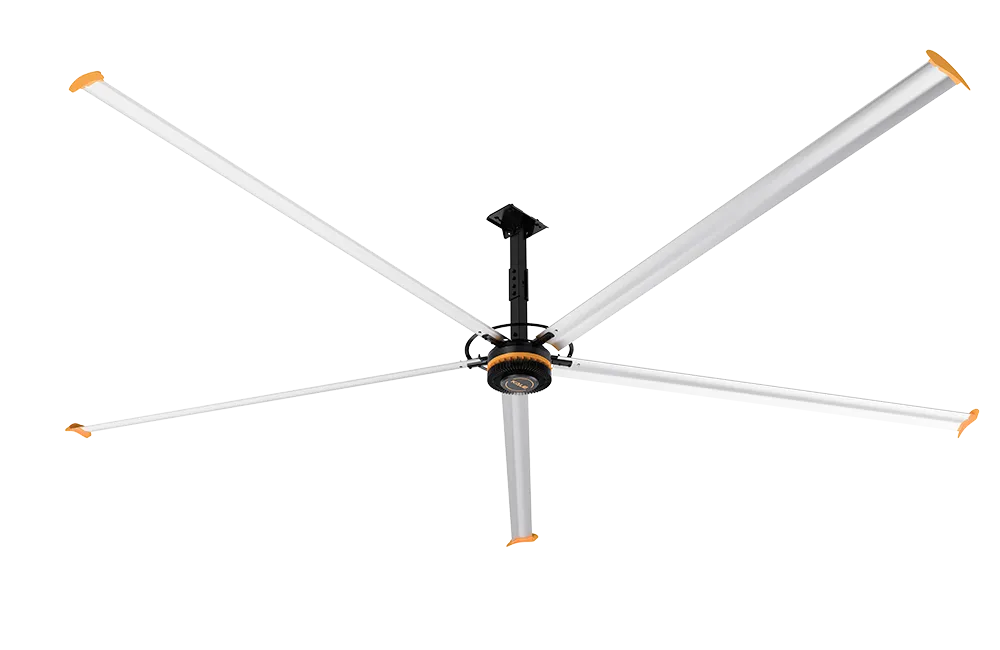
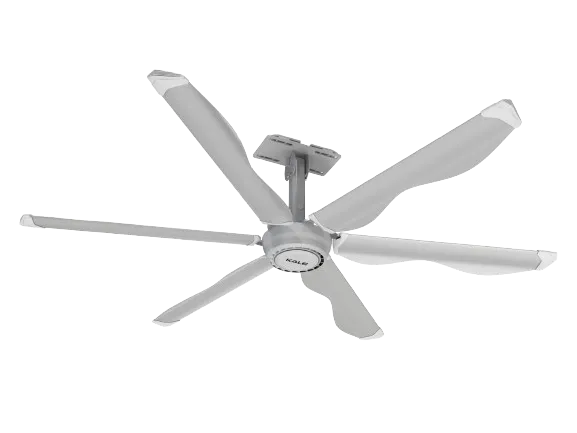
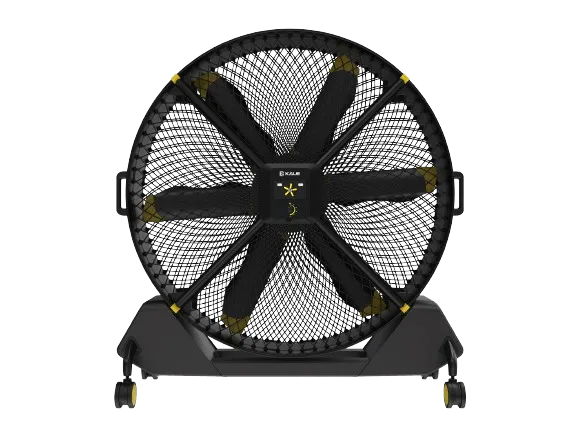
.webp)


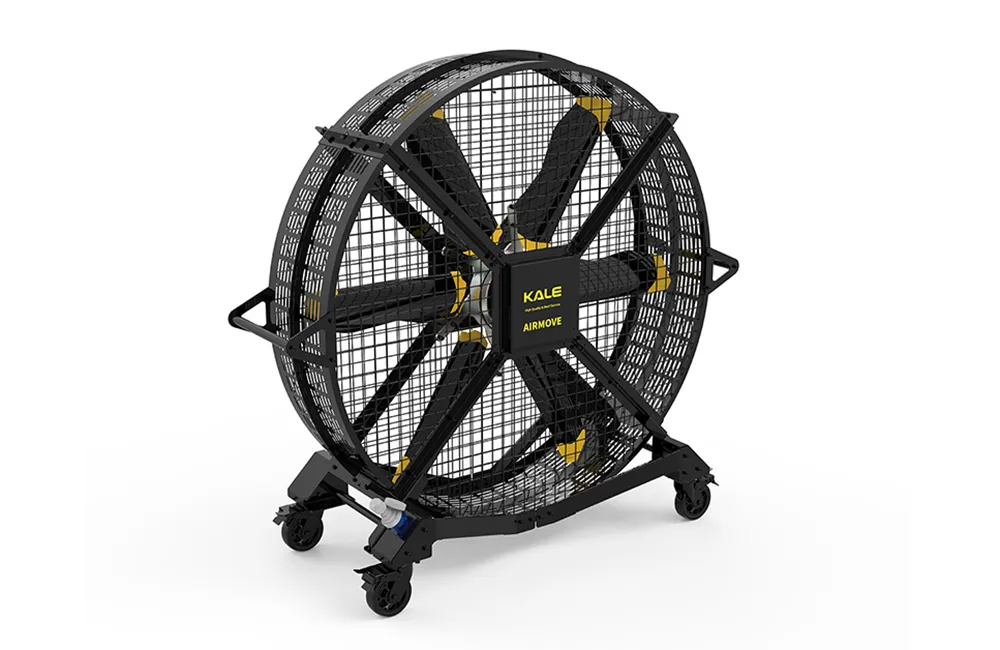
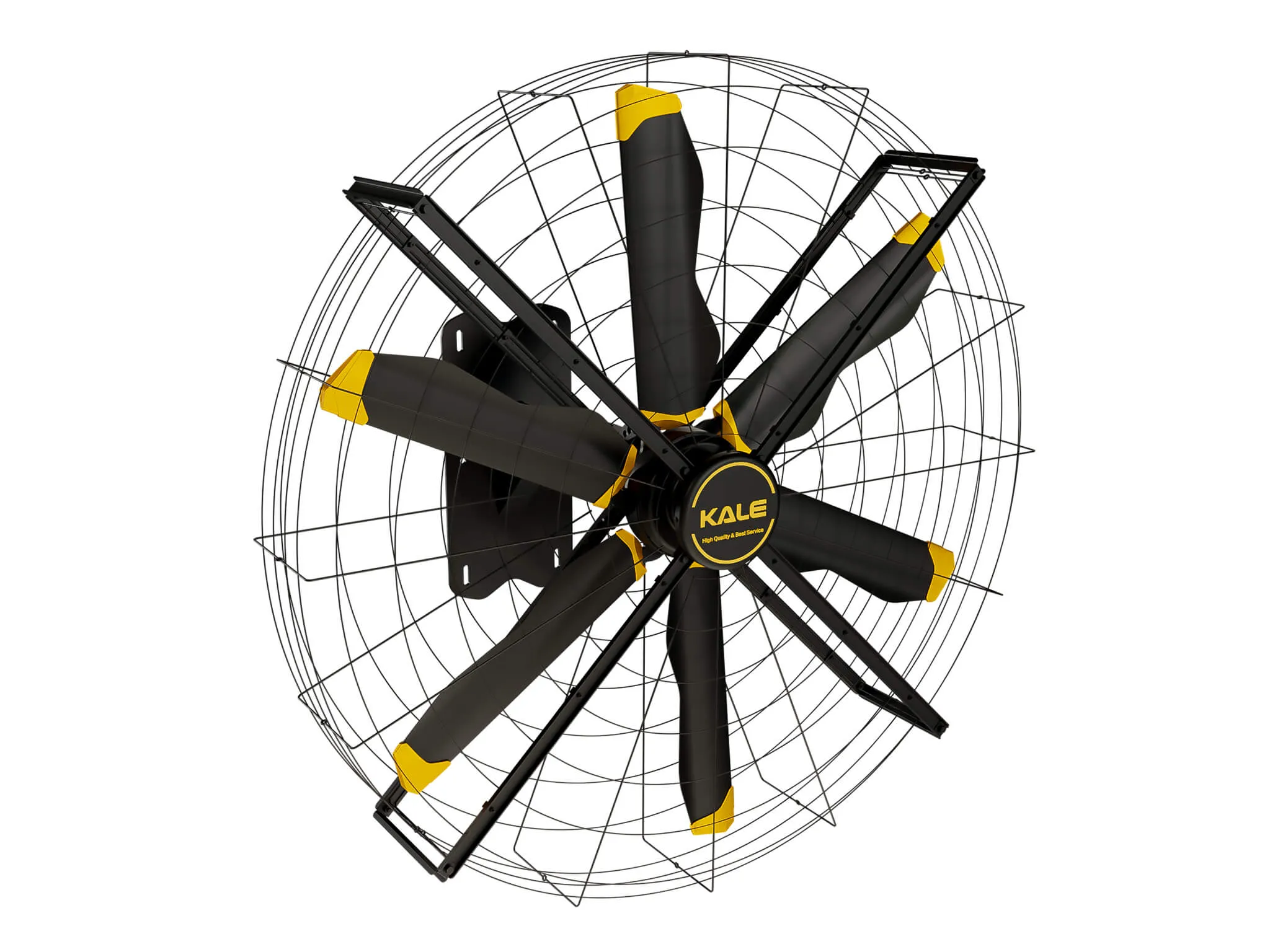
.png?x-oss-process=image/resize,w_100/quality,q_100)
(1).jpg?x-oss-process=image/resize,w_100/quality,q_100)
